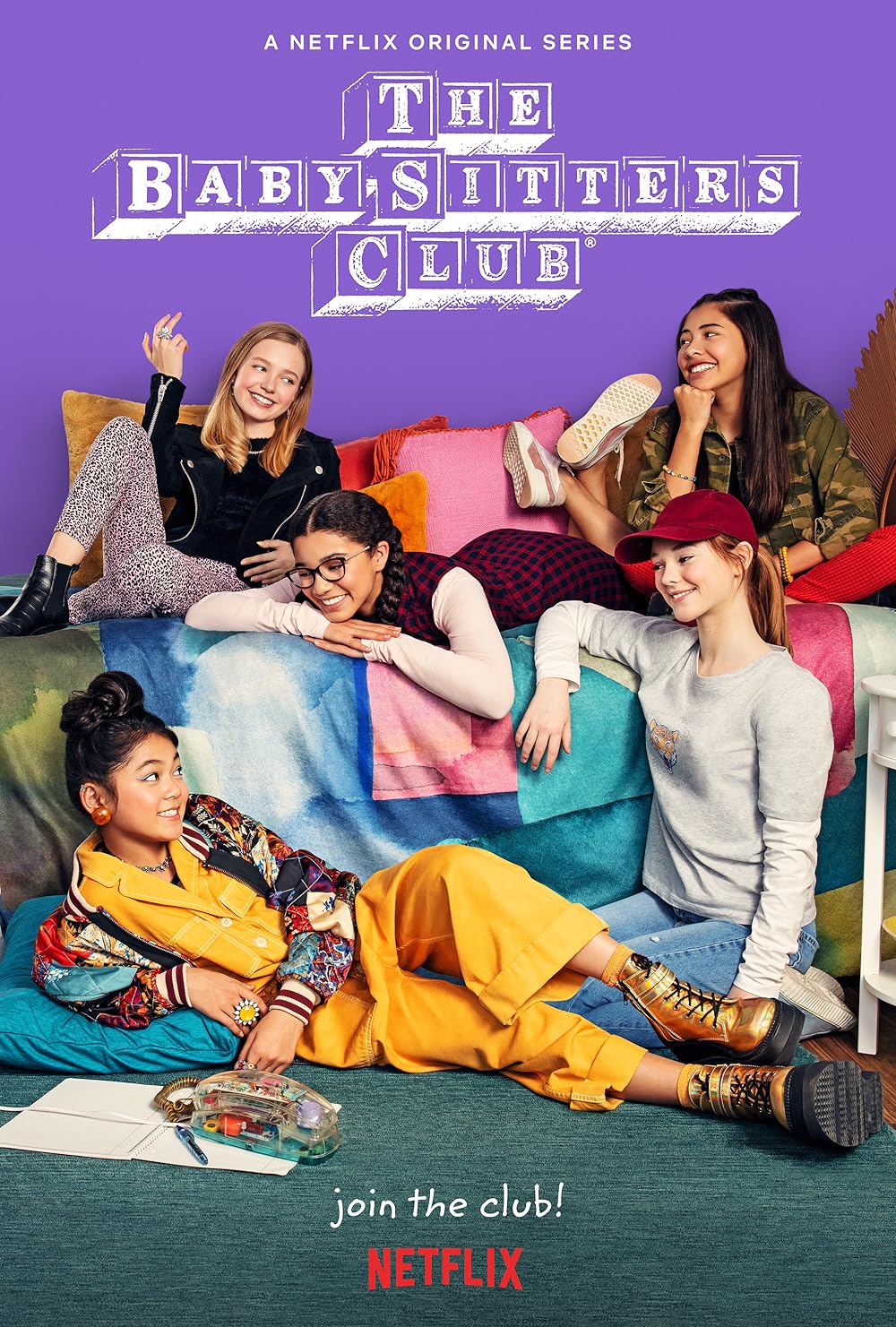Netflix’s Baby-Sitters Club comes at an interesting time for teenage babysitting, a very 20th-century cultural practice that seems to be less and less common. The show itself cleverly nods to this perception, giving Kristy Thomas’ mom, played by Alicia Silverstone, the dilemma that sparks Kristy’s idea for the club. As she’s trying to land a sitter for her youngest, Ms. Thomas groans, “When I was a kid, my mother would just call some girl in the neighborhood, on a landline, and she would answer, because it was part of the social contract!” Kristy’s idea is partly based on a reversion to these older times; as she tells her friends, her mom doesn’t want to “pay $80 to a website that would sell her information to the Russians.”
The fictional BSC’s selling point to its clientele, much like the intellectual property’s appeal to its new Netflix audience, is fundamentally nostalgic. These are neighborhood girls, using the kind of see-through candy-colored phone you now must source on Etsy, just trying to make an honest dollar. But the idea that “teenagers don’t babysit anymore” is older than the original Baby-Sitters Club books. In fact, as historian Miriam Forman-Brunnell writes in her book Babysitter: An American History, it dates at least to the 1940s.
Forman-Brunell found ample evidence of shortages of teenage babysitters in postwar suburbs, full of young families churning out baby boomers, with very few teens in sight. The problem was so chronic that parents made a weary joke of RSVPing to invitations with the acronym “I.W.C.G.A.S.” (“If We Can Get a Sitter”). In the 1990s, just as author Ann M. Martin was flooding my local bookstore with BSC installments and deluding me into thinking I might be good at child care, parental demand for teenage babysitters spiked again. “Baby Boomers in a Baby-sitter Bind,” was the headline of a USA Today article published on Jan. 18, 1996. That September, the Wall Street Journal reported on “Why Teenage Sitters Have So Much Power,” including interviews with high-powered New Yorkers who stocked their fridges and pantries with chocolate and cookies to win babysitters’ loyalty.
Although the problem in the 1990s seemed to be demographic, just as it was in the ‘40s, you can find similar headlines throughout the 2000s. 2004, CBS News: “The Baby Sitter Shortage.” 2011, the National Post: “No More Adventures in Babysitting: Today’s Texting Teens Aren’t Interested in Looking After Other People’s Kids.” According to the multiple academics who study child care that I asked to refer me to possible literature on the topic, it’s hard to nail down data that show rates of teenage babysitting over time—this kind of care is so informally arranged, and so taken for granted, that it’s not much studied. The recurrent idea that teenagers don’t “want” to babysit feels more like a generational moral panic than an empirical phenomenon. (The disapproving reference to texting in the last headline is a dead giveaway.)
